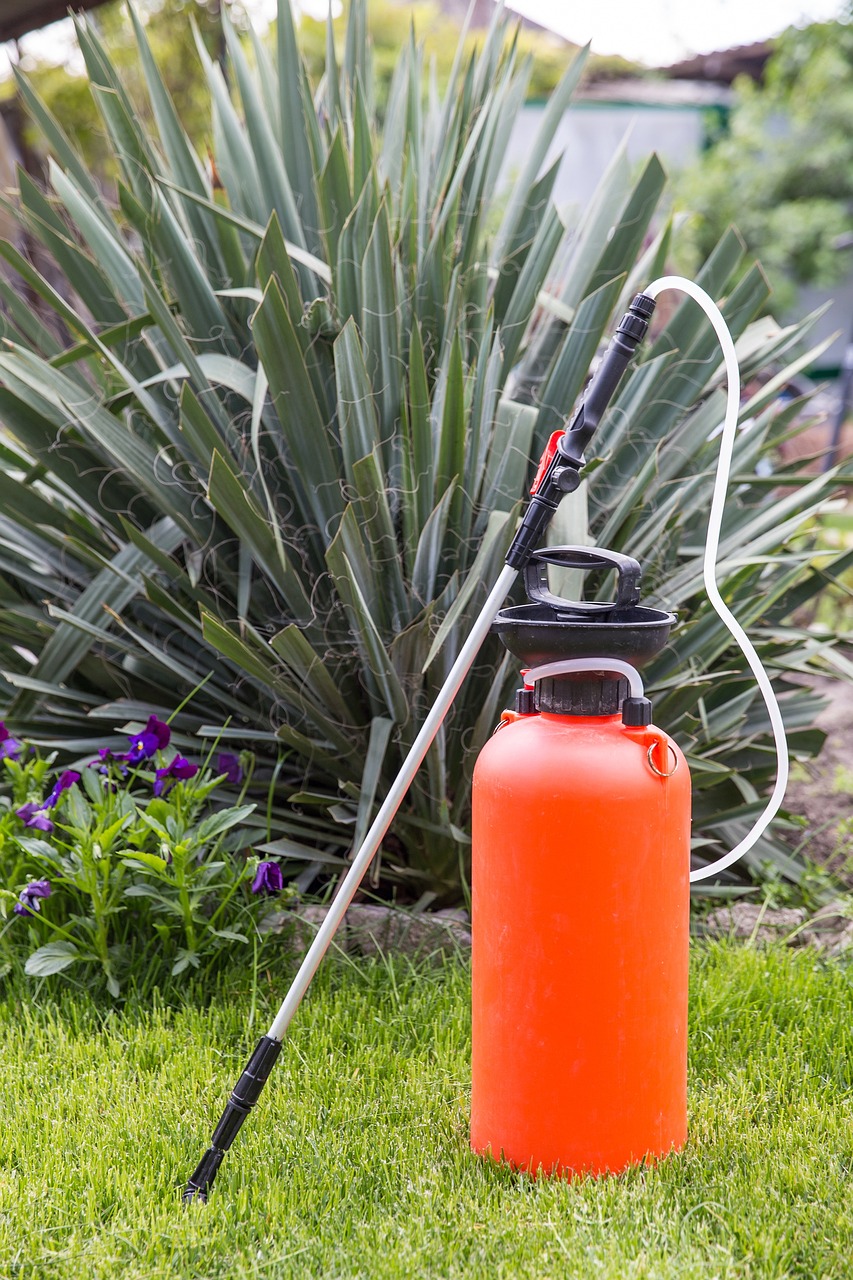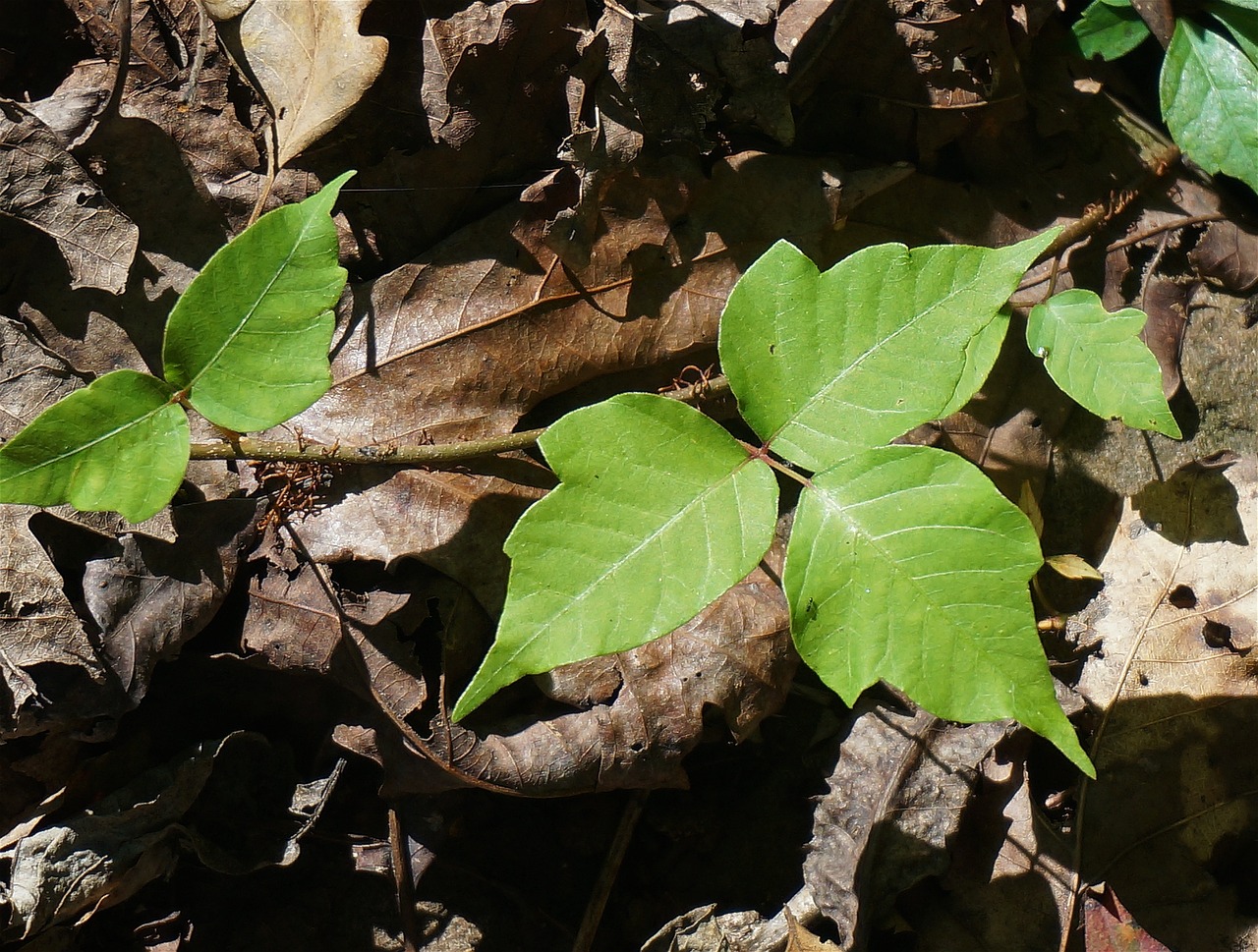Safeguarding Your Pets from Harmful Pesticides and Rodenticides

To protect your pets from the perils of pesticides and rodenticides, it's essential to become informed about harmful substances to avoid, safe storage practices, and how to respond in an emergency.
A World of Exploration and Hidden Hazards
"One of the primary ways pets discover the world is through their mouths," emphasizes Nancy Peterson, RVT and Feral Cat Program Manager for The Humane Society of the United States. With this in mind, treating a pet-inhabited home should be akin to a household with children. Peterson suggests, "I tell people to get down on the floor and look around."
Keep in mind that dogs can access countertops, and cats are capable of opening cabinets. Peterson stresses that even a tiny amount of certain toxins can lead to organ damage or fatality. Therefore, she recommends switching to non-toxic, organic products for your household and garden that are safe for pets.
For guidance on organic lawn care, fertilizers, and pest control methods, consult your local gardening center or explore Organic Pest Control.
Educating Yourself on Pesticides and Rodenticides
According to Peterson, the most effective defense against pet poisoning is education. Utilize garden and household pesticides and rodenticides cautiously, or replace them with non-toxic alternatives. Remember that pets can also be exposed to toxins if they capture and ingest poisonous wild animals.
Rodent and insect poisons: These products, designed to attract rodents and insects (such as ant traps, toxic bait, and aerosols sprayed on surfaces), can also pique a pet's curiosity due to their odor. Even when used in areas off-limits to pets, remember that rodents and insects can transport these poisons throughout your home.
Organophosphates and carbamates: In household and garden products, these chemicals disrupt nerve signal transmission in animals. Avoid these ingredients, including tetrachlorvinphos, chlorpyrifos (discontinued from 2000-2006 but may still be in some cleaning cabinets), dichlorvos, phosmet, naled, diazinon, and malathion.
Wild animals: If your pet discovers a bird, squirrel, or rat that you suspect may have died from poisoning, it could pose a danger to your pet, warns Peterson. Command your pet to drop the prey and contact Animal Control to have it removed and tested for toxins or rabies if necessary. (If you suspect the animal might still be alive, cover it with a laundry basket with some bricks on top until Animal Control can intervene.)
Symptoms of Pesticide or Rodenticide Ingestion
The symptoms resulting from ingesting or coming into contact with toxins can vary and, in some cases, lead to sudden death. Signs of pesticide toxicity containing organophosphates or carbamates may include vomiting, diarrhea, excessive salivation, tremors, pinpoint pupils, or seizures. Rodenticides often contain warfarin or related compounds that cause bleeding and jaundice. These compounds can prove fatal if your pet is not treated promptly.
Symptoms of Pesticide Poisoning in Dogs
Pesticide poisoning in dogs can manifest with various symptoms, depending on the specific type of pesticide involved. Common signs of pesticide poisoning in dogs include:
- Vomiting
- Rapid breathing
- Distress
- Diarrhea
- Drooling
- Confusion
- Excessive drinking
- Pawing at the face or eyes
- Dilation of pupils
- Lethargy
- Tremors
- Skin irritations
- Skin rashes
- Burns
- Seizures
- Arrhythmia
- Collapse
- Coma
- Death
Types of Pesticides
Pesticides encompass various categories based on their intended use and composition, including:
-
Herbicides: Used to eliminate unwanted plants or vegetation.
-
Insecticides: Designed to eradicate insects.
-
Rodenticides: Employed to control rat and mouse populations.
-
Fungicides: Utilized to combat fungal infestations.
-
Bactericides: Act as disinfectants or antiseptics to combat bacteria.
-
Larvicides: Targeted at mosquitoes or larvae.
Causes of Pesticide Poisoning in Dogs
Pesticide poisoning in dogs typically occurs through ingesting or inhaling a specific pesticide type. Pesticides can harm dogs by:
-
Adversely affecting the central nervous system.
-
Inhibiting enzymes within the central nervous system.
-
Causing chemical burns on the skin, in the mouth, or eyes.
-
It affects enzymes in other organ systems, such as the heart, liver, and kidneys.
Diagnosis of Pesticide Poisoning in Dogs
If you suspect your dog has encountered pesticides, seek immediate veterinary assistance. Inform your veterinarian about your dog's exposure history, even if you are uncertain about ingestion or inhalation. The veterinarian will conduct a comprehensive examination, including blood work, urinalysis, and a biochemistry profile to assess kidney, pancreas, and liver function. Monitoring clinical signs and evaluating electrolyte levels will also aid in the diagnosis.
In cases of confirmed pesticide ingestion, treatment may begin before test results are available, as determined by the veterinarian's assessment.
Treatment of Pesticide Poisoning in Dogs
Treatment for pesticide poisoning in dogs varies based on the specific pesticide involved and the severity of the condition. Treatment options may include:
Removal of Residue: If pesticides have contaminated the dog's skin and fur, thorough bathing will be performed to eliminate residue.
Emesis: Vomiting induction may be recommended for non-hydrocarbon pesticide ingestion to expel the poison. Hydrocarbon ingestion contraindicates vomiting due to potential lung aspiration.
Activated Charcoal: Activated charcoal administration may be necessary to absorb residual toxins in the digestive tract.
Medications: Specific medications, like atropine, may be prescribed based on the type of pesticide ingested.
IV Fluids and Oxygen Therapy: Intravenous fluids address dehydration, and oxygen therapy assists with respiratory distress.
Recovery from Pesticide Poisoning in Dogs
Recovery depends on factors such as pesticide type, ingestion quantity, and treatment timeliness. Dogs responding positively to treatment may require monitoring for at least 24 hours. The veterinary team will provide guidance on aftercare, and a follow-up appointment will ensure proper recovery and health assessment.
The severity and recovery process of pesticide toxicity vary, so it's essential to communicate with your veterinarian if any concerning signs emerge during your dog's recuperation at home. Follow your veterinarian's instructions diligently to ensure your dog's full recovery.
Immediate Action in an Emergency
Contact your veterinarian immediately if you suspect your pet has been exposed to a hazardous substance. If you know the substance involved, bring the product's container to the veterinarian to help determine the appropriate antidote, per Peterson's advice.
Always Adhere to Instructions
Here are additional recommendations from the U.S. Environmental Protection Agency to safeguard your pet from pesticides:
-
Follow product instructions meticulously when using toxic products. If advised, wear gloves, open windows, and refrain from using these products around pets or their food.
-
If you spill pesticides, clean up the mess before allowing your pet back into the area. Keep in mind that chemicals can become airborne on windy days.
-
Carefully read labels for guidelines on the safe storage of products. Above all, store products in their original containers to have access to first-aid instructions, emergency contact numbers, and the ingredient list.
Get insurance plans with wide-ranging coverage options













